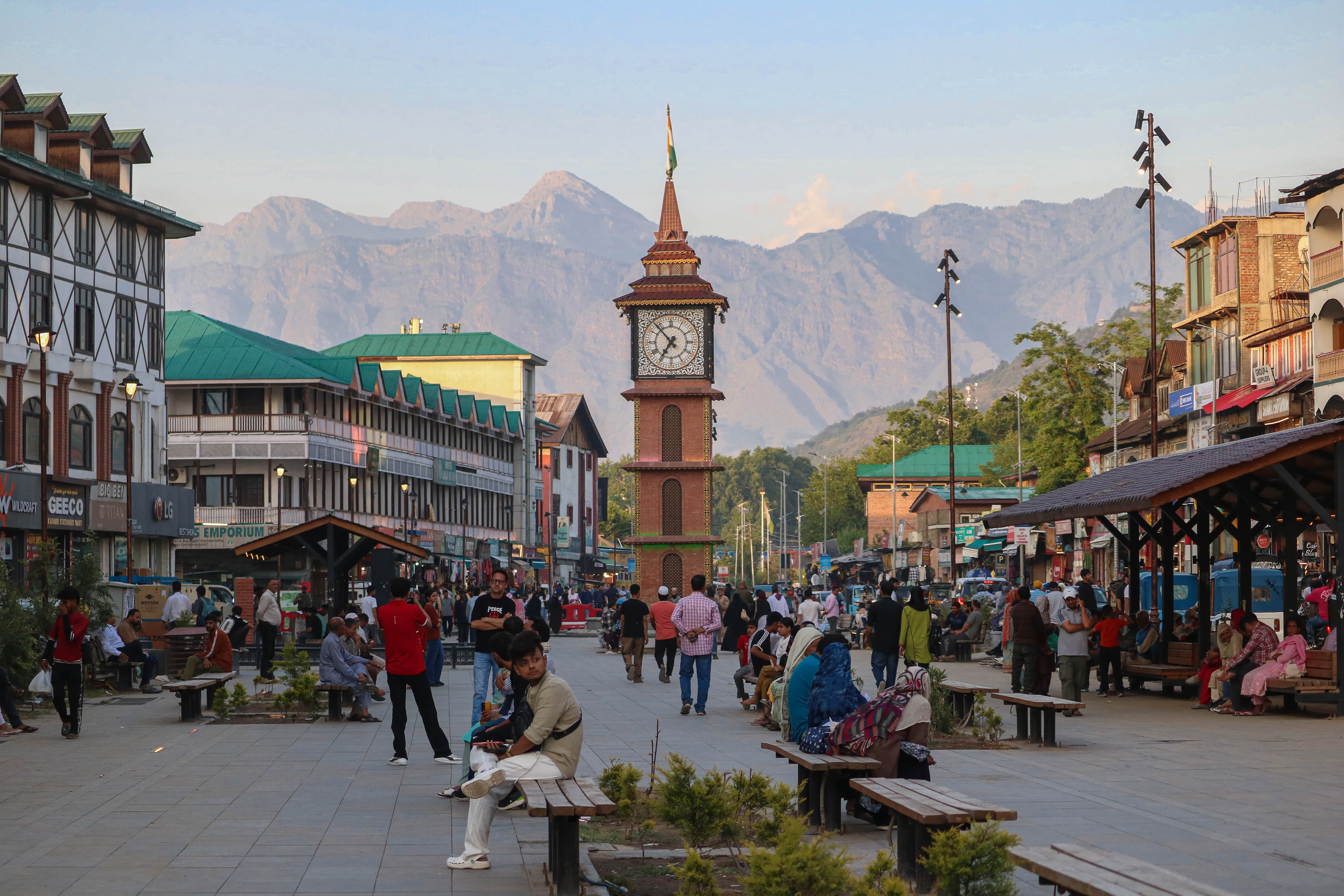
India’s economy has captured global interest through its recent resilience and dynamic growth, standing as Asia’s third-largest economic powerhouse. Despite facing various headwinds, India has consistently delivered growth rates surpassing expectations, solidifying its role as one of the fastest-growing major economies worldwide. This economic momentum is fueled by a combination of manufacturing strength, robust services, strategic government spending, and carefully calibrated monetary policies, all set against a backdrop of broader geopolitical significance.
Sustained Growth Amid Diverse Drivers
India’s GDP growth has been notably impressive, fluctuating between 7.4% and 7.8% in various quarters throughout 2023 and early 2024. For instance, the April to June quarter of 2023 recorded a peak growth of 7.8%, largely driven by vigorous activity in agriculture and financial services. This growth beats many economists’ forecasts, indicating a broad-based economic revival that positions India uniquely on the global stage.
Particularly noteworthy is the manufacturing sector, which has consistently contributed around 7% year-over-year growth in early 2024. Government initiatives that prioritize industrial expansion—through increased infrastructure spending, production capacity incentives, and enhanced policies—have bolstered this sector’s output. Such efforts have not only propelled GDP growth but also supported employment and overall economic diversification.
Fiscal health has also played a pivotal role in buttressing India’s economy. A remarkable 19.1% surge in net tax collections—fueled by better tax enforcement and reduced subsidy outflows—has increased government revenue. This fiscal robustness enhances the state’s capacity to invest further in infrastructure and social programs, creating a virtuous cycle of growth and development.
Monetary Policy and Market Adaptation
Complementing fiscal advances, India’s central bank, the Reserve Bank of India (RBI), adopted an accommodative monetary policy stance. Successive interest rate cuts to 6% in late 2023 and early 2024 encouraged borrowing and investment, crucial for sustaining demand amid global uncertainties. This monetary easing helped cushion sectors vulnerable to foreign shocks while reinforcing domestic consumption and business optimism.
Despite this positive environment, inflation remains on the radar, although the RBI’s restrained inflationary pressures allow for smoother economic functioning. The balance between encouraging growth and moderating inflationary expectations has been delicate but largely effective, enhancing the credibility of India’s economic management.
Temporary Headwinds and Structural Dynamics
Nevertheless, the growth journey has not been a straight upward trajectory. The third quarter of 2024 witnessed a slowdown to between 5.4% and 6.2%, primarily due to softer manufacturing output and a dip in urban consumption. External factors like monsoon variability, erratic election-related government spending, and tighter monetary conditions have contributed to a deceleration in demand. Even so, the slowdown has been less severe than anticipated, with economic projections still optimistic about a rebound driven by policy interventions and ongoing reforms.
Political dynamics intermingle strongly with economic outcomes, especially ahead of national elections. Prime Minister Narendra Modi’s government leverages the economy’s strong late-2023 growth in its narrative of effective governance, emphasizing infrastructure projects, manufacturing boosts, and rural demand to garner public support.
Future Prospects and Challenges
Looking ahead, the service sector remains a cornerstone of India’s economic engine, contributing over half of GDP. Growth in technology and financial services positions India as a formidable player in the expanding digital economy, promising continued innovation and foreign investment inflows.
However, some risks loom: potential monsoon shortfalls could disrupt agricultural output, inflationary pressures persist albeit moderated, and global economic uncertainties remain ever-present. The interplay of these factors underscores the necessity of sustained policy support, structural reforms, and adaptive market strategies.
Investments targeting infrastructure, industrial capacity, and technological advancement will likely be decisive in maintaining growth momentum. India’s ability to navigate volatile external conditions while capitalizing on domestic reform pathways will determine whether it consolidates its status as a critical engine in the global economy.
In essence, India’s economy has demonstrated remarkable ability to outpace forecasts through a confluence of broad-based industrial growth, prudent fiscal management, accommodative monetary policy, and political intentionality. While episodic slowdowns remind us of inherent vulnerabilities, the underlying trajectory signals continued rapid expansion. Balancing these elements amid evolving domestic and global challenges will be critical to sustaining India’s position as a beacon of growth in the years to come.







